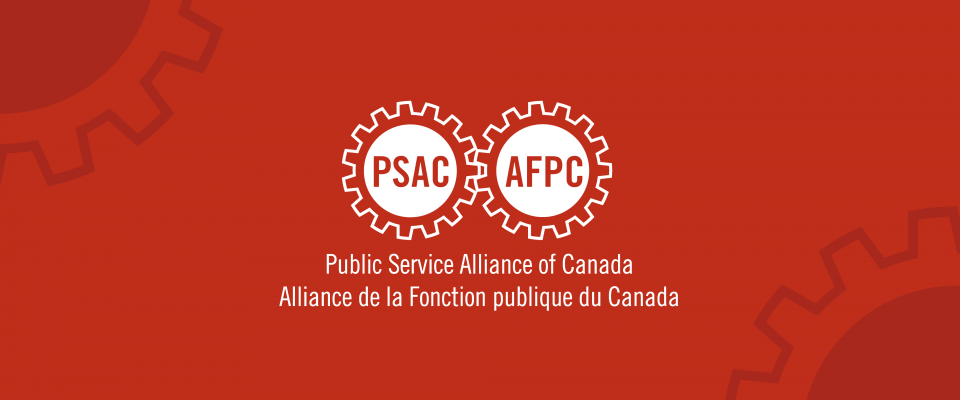Demands rooted in workplace problems and members’ needs: The strongest demands come out of demonstrated workplace needs. This would include:
- demands related to significant changes in workplace conditions, for example the introduction of telework, change in jobs, shift schedule;
- situations where normal requests are being unreasonably refused by management;
- situations where we have filed a grievance and lost because of problems with the existing language.
In all cases, it is useful that the bargaining demand be accompanied by supporting rationale. Any evidence that would support the need to make changes to the collective agreement would assist your bargaining team.
Demands with momentum: It takes a lot of work to get management to accept that there are problems which must be addressed through collective bargaining. As a result, we have a better chance with demands which have been the subject of ongoing campaigns, or in-depth studies, or relate to problems where we have been putting sustained pressure on the employer through union-management committees, letter-writing, and lobbying. With those examples, your bargaining team can support your demand at the bargaining table.
Demands with established precedents: In bargaining, we have an easier time achieving demands which have already been negotiated into collective agreements between unions and employers. This doesn’t mean we don’t try for breakthroughs, but if it exists elsewhere you can mention this in the rationale you will provide in support of your demand.
 Member Login
Member Login



